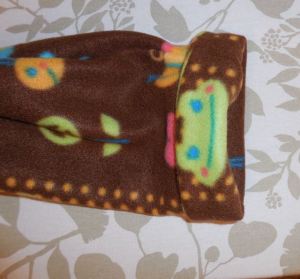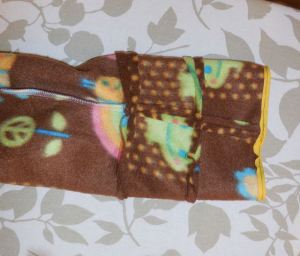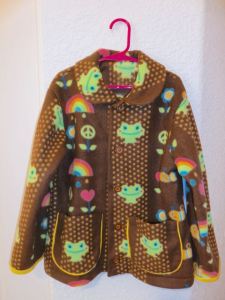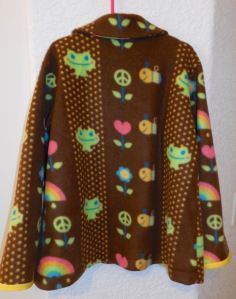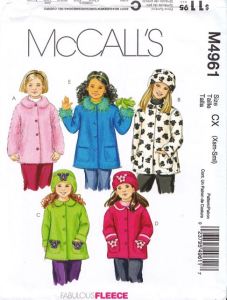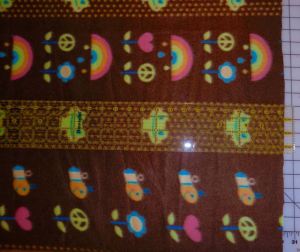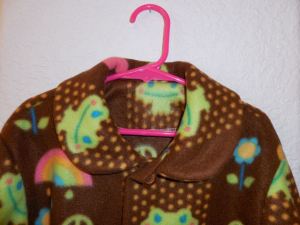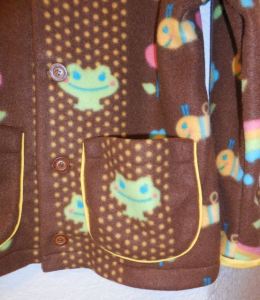Do you remember yarn dye lots? If you do, you might be as old as a dinosaur! (Pun Intended)
But, seriously, I remember the phrase “and make sure it is the same dye lot” from my childhood. Every time I was sent to the store to buy yarn for my mother or grandmother this phase was spoken to me, and I took it seriously and made sure to purchase the same dye lots if I could.
I remember the matching issues my mother and grandmother faced when they ran out of a color of yarn of a specific dye lot in the middle of a project. It was a real problem back in the day, and it took a lot of thought in designing and matching yarns to complete a project when they ran out of a color of a specific dye lot.
 For my younger readers, let me quickly explain what a dye lot is. 15 years or so ago yarn manufacturers would dye or color a specific batch of yarn in a specific factory and they would give that batch a specific dye lot number indicating that all those skeins were dyed together and so the color variations would be little to nonexistent.
For my younger readers, let me quickly explain what a dye lot is. 15 years or so ago yarn manufacturers would dye or color a specific batch of yarn in a specific factory and they would give that batch a specific dye lot number indicating that all those skeins were dyed together and so the color variations would be little to nonexistent.
The next batch they made in that color would have a different dye lot number, and although they would dye with the same dye formula, there might be a slightly different coloration of the yarn depending on how the yarn took the dye. The batches would basically be using the same color but the yarns color would come out different enough that if used in the same project you could see the differences.
 Today, because of more modern manufacturing processes, the manufacturers of yarn have the yarn color dyeing process more perfected and so there is really no need to give each color batch a lot number. Because of that, the variations in todays dyed batches of yarn colors is not really noticeable when making something and skeins from different batches are used in the same project.
Today, because of more modern manufacturing processes, the manufacturers of yarn have the yarn color dyeing process more perfected and so there is really no need to give each color batch a lot number. Because of that, the variations in todays dyed batches of yarn colors is not really noticeable when making something and skeins from different batches are used in the same project.
So, today when you purchase a skein of Red Heart “Buff” brown yarn on Monday and another skein from a different store on Monday five years from now, you don’t have to worry about when these skeins were dyed or if they can be used in the same project. They can. Unless you are using very old yarn that still has dye lots listed on the labels anyway.

So, what does all this have to do with my latest amigurumi project, Derek the dimetrodon? You see, when I started to crochet the pieces for Derek, rather than digging through my box of green yarn for a new skein of Red Heart Spring Green, I simple grabbed the remainder of a skein from my yarn basket and got crocheting.
I was able to crochet all of Derek’s pieces with this partial skein except for one foot.
No problem. Since there should not be a worry about dye lots, I simply went to my box of green yarn, pulled out another skein of Spring Green and crocheted the last foot.
 But as I started to sew Derek’s pieces together, I noticed right away that the fourth leg from the new skein was smaller in size than the other legs.
But as I started to sew Derek’s pieces together, I noticed right away that the fourth leg from the new skein was smaller in size than the other legs.
Had I possibly pulled my tensions tighter as I crocheted the last leg? I decided to crochet another leg and see what size it turned out.
Upon completing the leg, it measured the same size as the 4th leg I had crocheted from the same skein of yarn. So, even though I did not have to worry about the color of the yarn, i.e. the dye lot, the yarn from the two skeins were different somehow and they were crocheting differently.
 That is very Interesting I thought to myself. I guess that in using some older yarn and some newer yarn together in the same project together they had been manufactured in slightly different widths or perhaps a slightly tighter twist? I guess that is another question to figure out at a later time. In any case I will do some testing on a few future projects to find out what went wrong.
That is very Interesting I thought to myself. I guess that in using some older yarn and some newer yarn together in the same project together they had been manufactured in slightly different widths or perhaps a slightly tighter twist? I guess that is another question to figure out at a later time. In any case I will do some testing on a few future projects to find out what went wrong.
 Luckily, this was a quick fix that did not take a lot of thought or redesigning or matching. I simply used the two smaller legs as the front legs and the two larger legs as the hind legs.
Luckily, this was a quick fix that did not take a lot of thought or redesigning or matching. I simply used the two smaller legs as the front legs and the two larger legs as the hind legs.
Once all the legs were sewn to the body, it was hard to see the different sizes. Unfortunately, I now have one extra leg from this project. Does anyone out there need a spare dimetrodon leg? If so I have one!
In the end Derek the dimetrodon turned out very cute, even with his smaller front legs. Derek is now looking for a good home and a good friend to play with him!
Until then, crochet forth and dye lot on!
